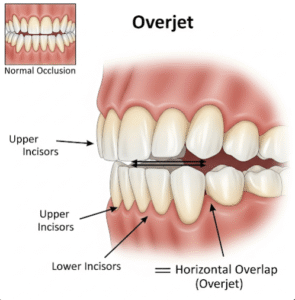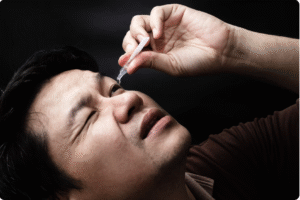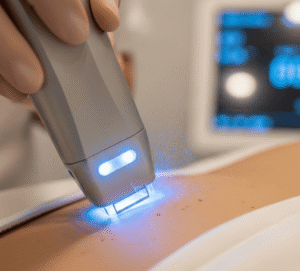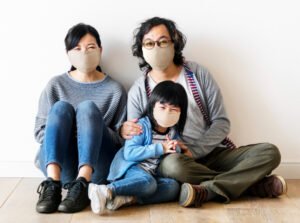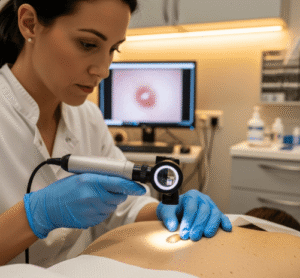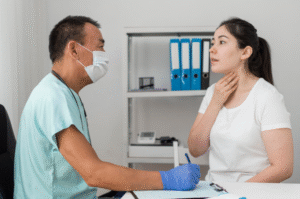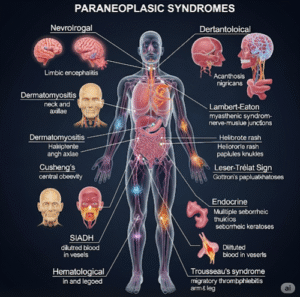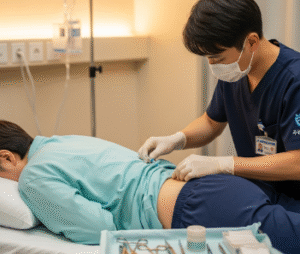Overview
Syntelin is a synthetic chemical compound classified as a mitotic kinesin Eg5 inhibitor, primarily used in experimental cancer research to block cell division. While not approved for clinical use, exposure to syntelin in laboratory or industrial settings poses potential health risks. In Korea, chemical safety regulations strictly monitor such compounds, but accidental or occupational exposure may occur in research environments.
What is Syntelin Exposure?
Syntelin exposure refers to coming into contact with the compound Syntelin, which disrupts mitotic spindle formation by inhibiting the kinesin Eg5 motor protein. While its potential in anti-cancer therapy is under investigation, it is not approved for human therapeutic use. Exposure is primarily relevant in laboratory settings involving cancer biology or pharmacological studies.
Symptoms
Depending on the route and duration of exposure, potential symptoms may include:
- Skin or eye irritation (on contact)
- Respiratory distress (if inhaled in powdered or aerosolized form)
- Nausea, dizziness, or headache (from accidental ingestion or inhalation)
- Cellular toxicity (in experimental studies at high concentrations)
As a mitotic inhibitor, long-term or high-dose exposure may theoretically pose a carcinogenic or teratogenic risk, although this has not been confirmed in human studies.
Causes
- Laboratory accidents or spills during drug testing or synthesis
- Improper handling or disposal of research chemicals
- Lack of appropriate personal protective equipment (PPE)
- Inhalation or dermal absorption in poorly ventilated research environments
Risk Factors
- Working in biomedical research, oncology laboratories, or chemical synthesis facilities
- Lack of chemical safety training
- Inadequate ventilation systems or fume hoods
- Absence or misuse of PPE (e.g., gloves, masks, goggles)
Complications
Although no large-scale human exposure studies exist, potential complications from repeated or high-dose exposure may include:
- Genotoxicity
- Organ toxicity (inferred from animal models)
- Respiratory inflammation or sensitization
- Allergic reactions
- Long-term risk of reproductive harm or cancer (theoretical)
Prevention
- Strict laboratory safety protocols and chemical handling procedures
- Use of certified PPE at all times during handling
- Regular training and education for research personnel
- Proper waste disposal and spill response systems
- Routine monitoring by institutional safety officers
Treatment Options in Korea
While no specific antidote exists for syntelin exposure, Korean medical facilities offer comprehensive care for chemical injuries:
- Acute Care: Emergency departments manage symptoms such as respiratory distress, skin irritation, or eye exposure.
- Decontamination: Immediate washing of exposed skin and flushing of eyes using sterile saline.
- Toxicology Consultation: Korea University Anam Hospital and Seoul National University Hospital have toxicology departments for advanced assessment.
- Occupational Health Monitoring: Institutions like KOSHA (Korea Occupational Safety and Health Agency) provide monitoring and regulatory support for workplace safety.
- Preventive Services: Employers must follow MSDS (Material Safety Data Sheet) regulations and offer periodic health screenings for laboratory personnel.



